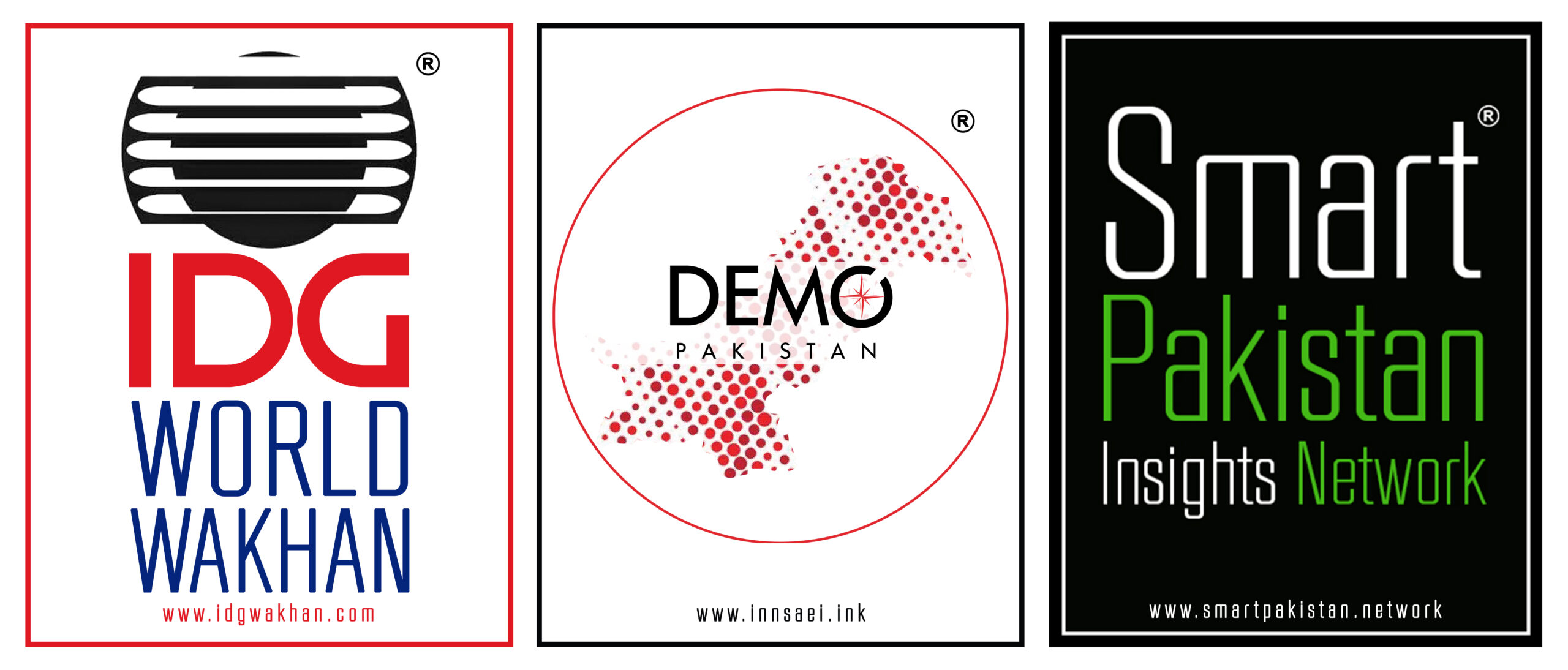On September 22, 2023, Singapore-based Foodpanda announced its third round of layoffs in two years, as its parent company, Delivery Hero, confirmed the sale of its operations in several Southeast Asian countries for an estimated $1.07 billion. This decision is part of a broader effort by Delivery Hero to optimize its portfolio, focusing on more profitable regions with stronger long-term prospects.
The Sale and Potential Buyer
Delivery Hero is reportedly selling its Foodpanda operations in Singapore, Cambodia, Laos, Malaysia, Myanmar, the Philippines, and Thailand, markets where intense competition has limited profitability. Grab, Southeast Asia’s leading super-app, is rumored to be the likely buyer, aiming to consolidate its market share in these highly competitive areas. The acquisition would allow Grab to strengthen its foothold in the region’s food delivery and e-commerce sectors.
Delivery Hero’s Profitability Strategy
The decision to divest from these markets is aligned with Delivery Hero’s strategy of focusing on higher-margin regions, particularly in South Korea and Taiwan, where it holds dominant positions. In 2023, Asia accounted for 56.7% of Delivery Hero’s gross merchandise value (GMV), largely driven by South Korea’s Baedal Minjok. This food delivery platform, which Delivery Hero acquired, is projected to generate €500 million in free cash flow by the end of 2023, making it a key profit center.
In contrast, Foodpanda’s Southeast Asian operations have struggled with slower growth and lower profitability. Delivery Hero’s focus is now shifting to regions where it enjoys stronger market dominance and healthier margins, leaving markets with high competition like Southeast Asia as prime candidates for divestment.
Foodpanda’s Focus in Pakistan
While the sale affects Southeast Asia, Foodpanda’s operations in Pakistan remain stable, as the company holds a near-monopoly in the market. However, profitability challenges persist, driven by lower average order values and the depreciation of the Pakistani rupee. To address these challenges, Foodpanda is implementing strategies to increase revenue by raising delivery charges, introducing platform fees, and leveraging in-app advertisements.
These shifts suggest Foodpanda is focusing on extracting more value from its high transaction volumes. For users in Pakistan, the result has been higher costs for services, with the company capitalizing on its dominant market position to enhance margins without significant competition.
Diversifying Revenue Streams
Delivery Hero is also diversifying its revenue sources. Commissions traditionally made up 38.51% of the company’s total revenue in the first half of 2023. However, delivery charges are expected to surpass commissions by 2024, reflecting the company’s increasing reliance on direct service fees. Furthermore, the introduction of in-app ads during the checkout process has added 10.07% to total revenue, underscoring a move toward monetizing customer interactions beyond traditional food delivery services.
Future Outlook for Delivery Hero
Looking ahead, Delivery Hero may continue to optimize its portfolio by considering further divestments, including its operations in the Americas, as speculated by analysts from JP Morgan and Barclays. Such a move could further bolster the company’s financial health, allowing it to focus on more profitable markets.
For Foodpanda in Pakistan and other remaining markets, the focus will likely be on enhancing profitability through operational changes, such as batch deliveries and cost-cutting measures. However, these efforts may also lead to longer delivery times and higher costs for consumers, potentially affecting the overall customer experience.
This strategic shift marks a significant moment for Delivery Hero as it refines its global operations, seeking to improve profitability while navigating challenges in competitive regions.




